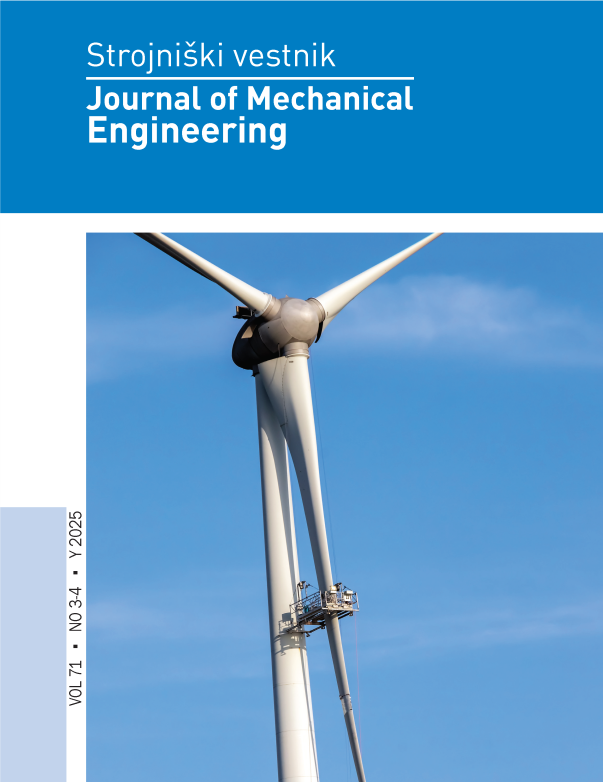A Numerical Simulation and an Experimental Study on the Steady-State Levitation Characteristics of a Magnetic Ball Driven by External Electromagnets in a Fluid Tube: Applications to Micromachines in Human Blood Vessels
DOI:
https://doi.org/10.5545/sv-jme.2024.1080Keywords:
Magnetic levitation, blood vessel, Steady-state levitation, biomedical micromachines, multi-objective optimizationAbstract
Research on micro-robots in the field of medicine has introduced innovative methods for treating various diseases. This study aims to expand the application of controllable micromechanical diagnoses and treatment within human blood vessels by designing a magnetic levitation ball system in a fluid-filled circular tube. The system enables a magnetic ball to be stably suspended along a specific path under the influence of an external magnetic field. Simulations of the system’s electromagnetic field, flow field characteristics, and mechanical state were conducted by using finite element software. The study analyzed the effects of the ball’s position, magnetic pole direction, driving current, and fluid flow rate on the forces acting on the magnetic ball. Joint simulations of the flow and magnetic fields were performed using the ANSYS Workbench platform, and a multi-objective optimization method was employed to determine the parameters for stable suspension. Experimental validation demonstrated the stable suspension of the magnetic ball in a fluid tube under an external magnetic field. The experiments revealed the relationships among the driving current, fluid flow rate, and the ball’s stable suspension position, confirming the effectiveness of the simulation method and the feasibility of controlling object positions within fluid tubes.
Downloads
Additional Files
Published
How to Cite
Issue
Section
License
Copyright (c) 2025 The Authors

This work is licensed under a Creative Commons Attribution-ShareAlike 4.0 International License.


